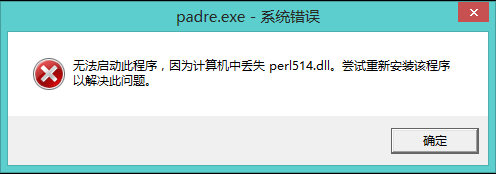我正在学习中间perl.现在我正在研究类的对象引用.它们给了一个包
{
package Barn;
sub new { bless [],shift }
sub add { push @{ +shift },shift }
sub contents { @{ +shift } }
sub DESTROY {
my $self = shift;
print "$self is being destroyed...\n";
for ( $self->contents ) {
print ' ',$_->name," goes homeless.\n";
}
}
}
in this I can’t understand the work of plus sign with shift
operator. In text they said,the plus sign is like bareword it would
be interpreted as a soft reference: @{“shift”}
你能清楚地解释一下使用带加号运算符的加号的工作吗?



